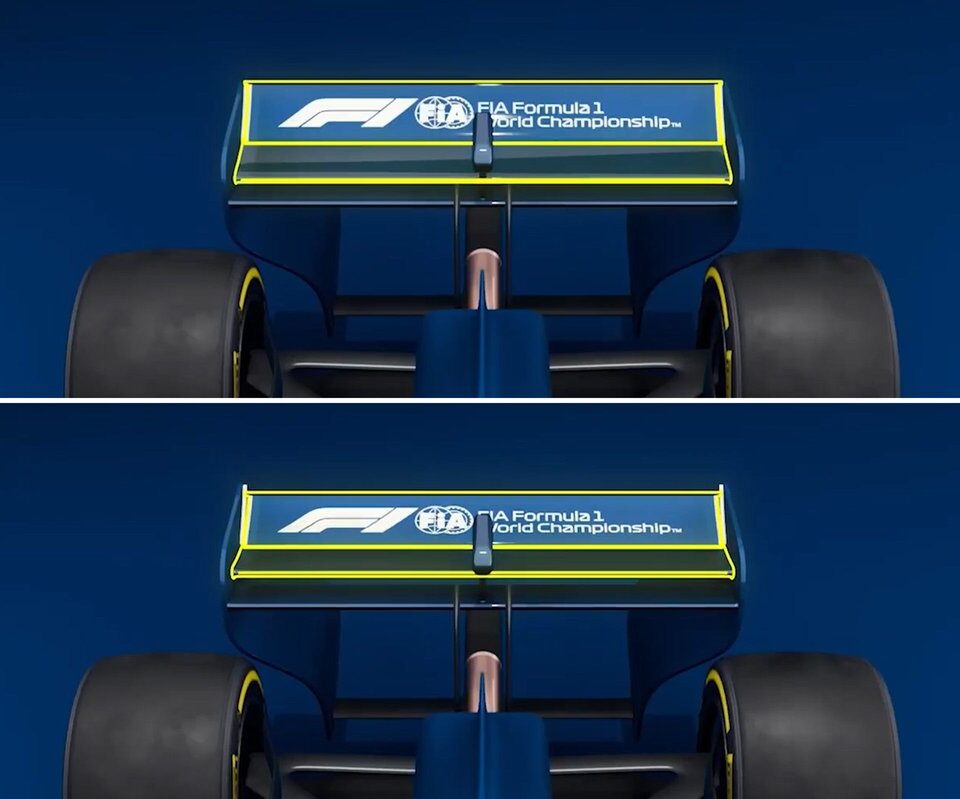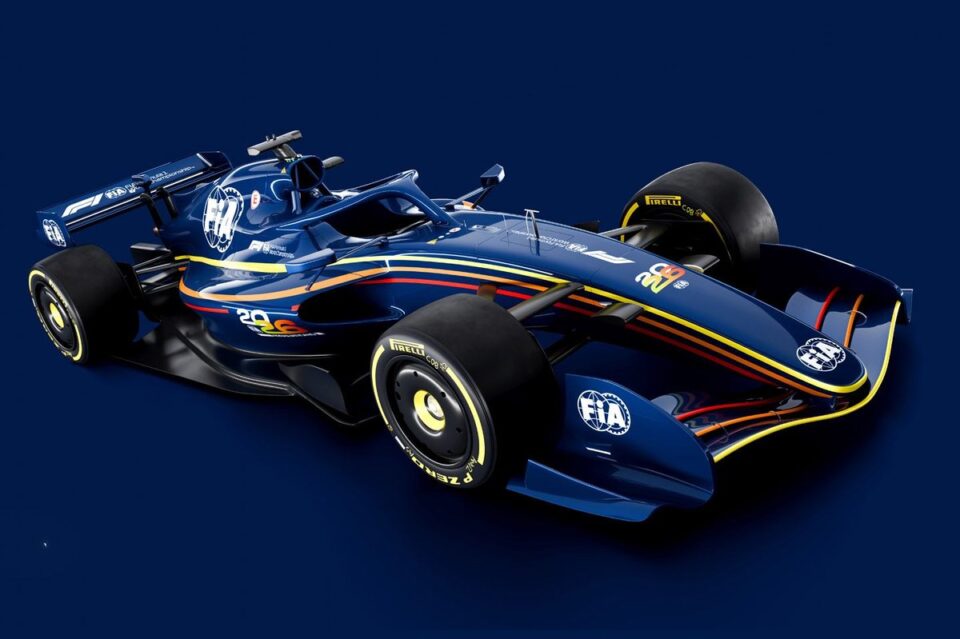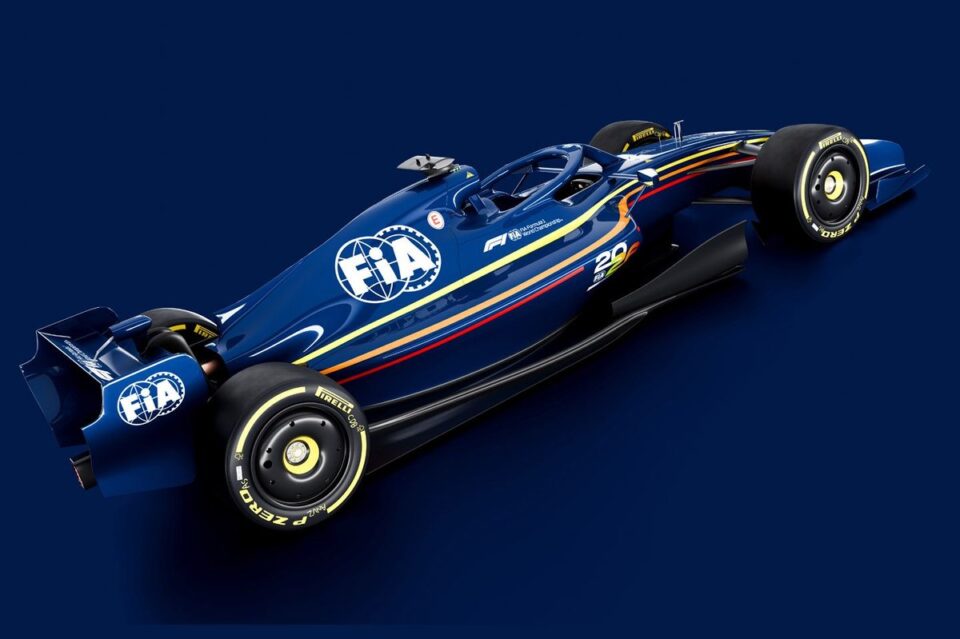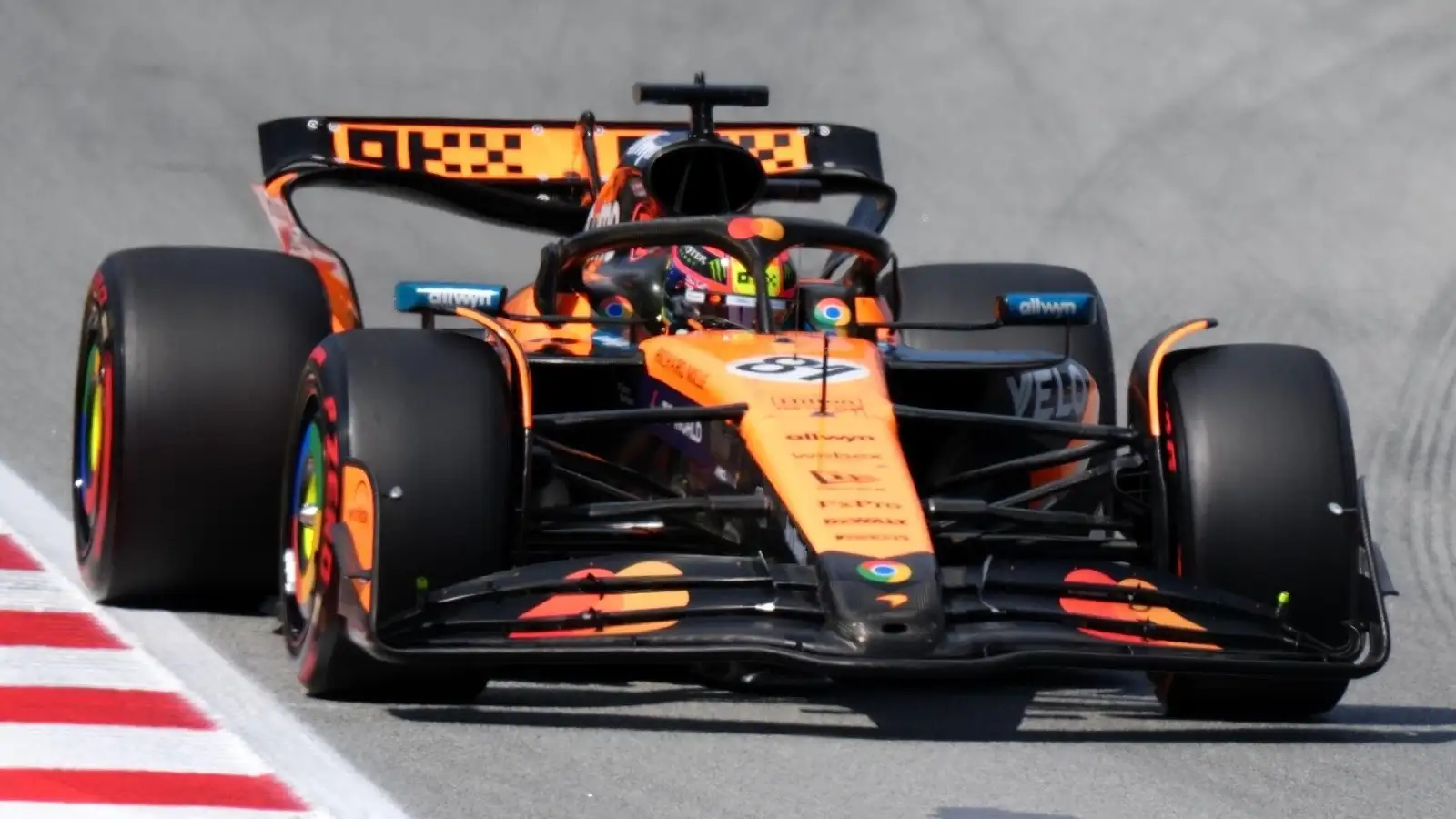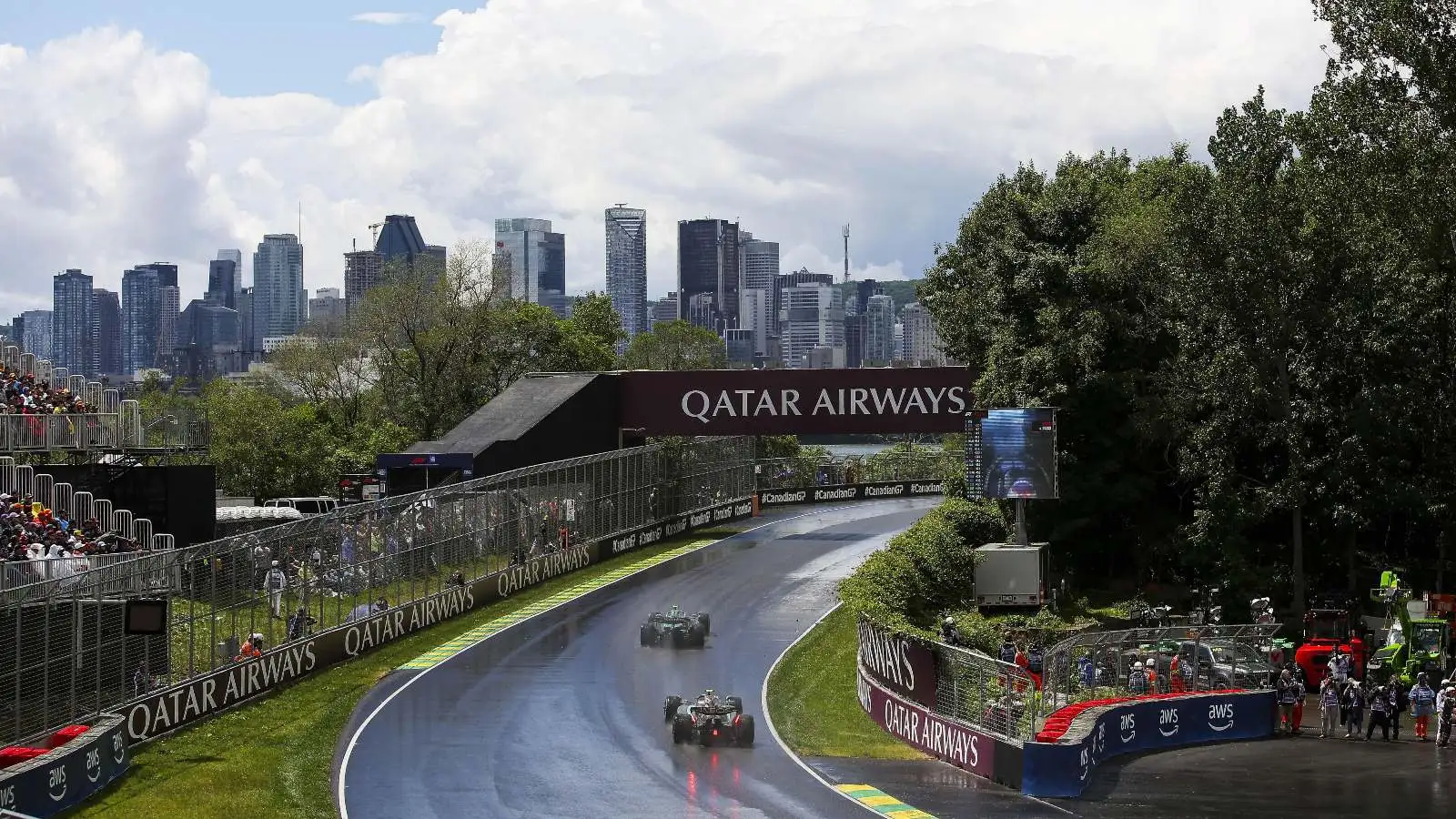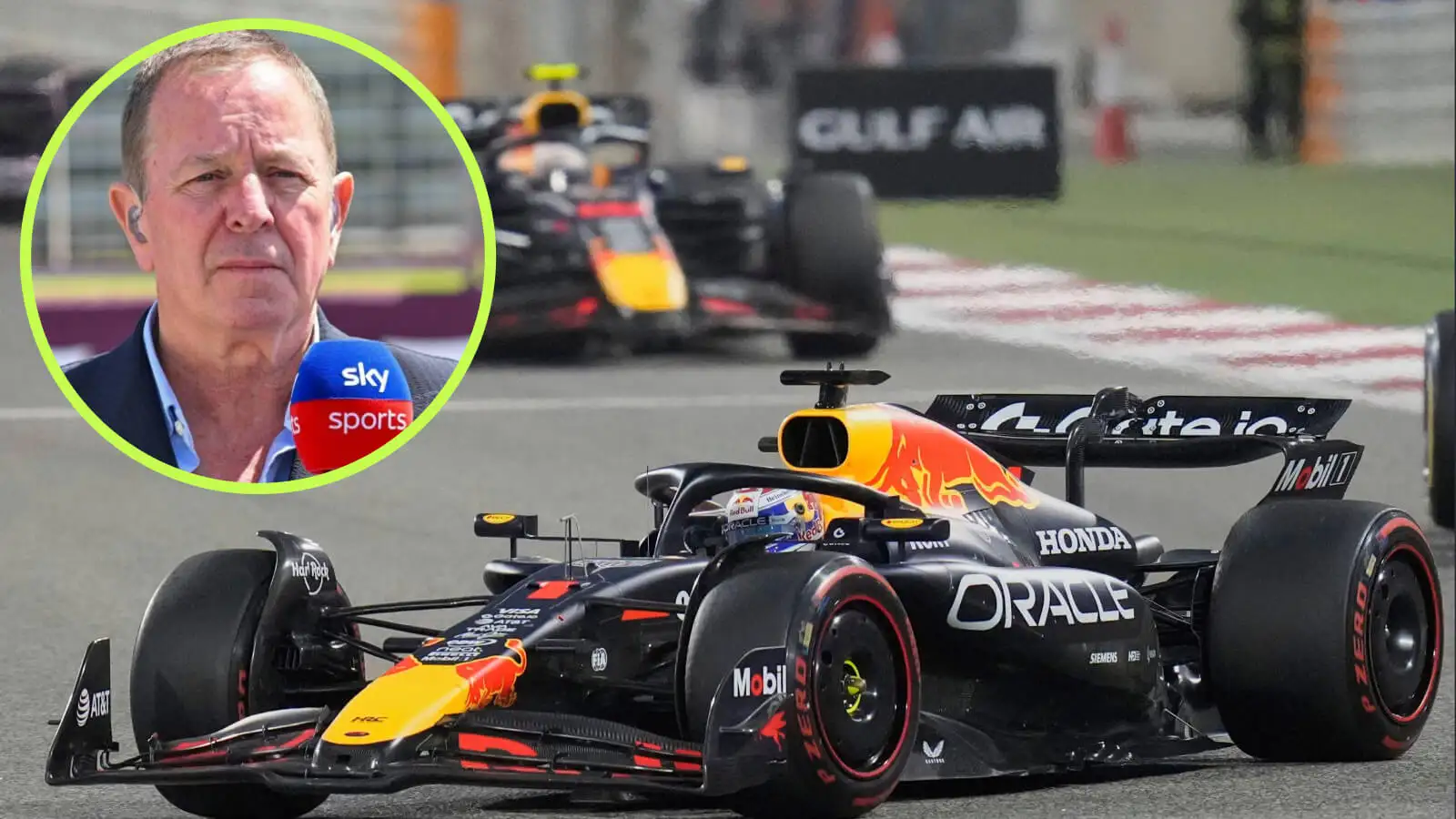Formula 1 is set to undergo a significant transformation in 2026 with the introduction of active aerodynamics. The sport’s governing body, the FIA, has finalized plans to replace the current DRS system with a dual-state active aero setup that includes moveable front and rear wings.
Instead of the single-element rear wing used today, the 2026 cars will feature a rear wing with three elements and a front wing with two active flaps. These components will work together to ensure the car remains balanced in either of the two aerodynamic modes: Z-mode for high downforce during cornering and X-mode for low drag on straights to boost top speed.
Unlike the current DRS system, which is primarily aimed at aiding overtaking and is only activated on specific straights when a car is within one second of the car ahead, the new system offers drivers more flexibility. The FIA’s head of aerodynamics, Jason Somerville, explains that drivers will be able to switch between the high downforce and low drag modes at predefined points around the lap. ‘The difference between the DRS on the current car and the plans for the 2026 car really comes down to the use around the lap,’ Somerville said. ‘With the 2026 car, we’ll be giving the drivers the ability to switch between the high downforce and low drag modes irrespective of any gaps.’
This new system will allow drivers to switch modes under specific conditions, such as approaching a braking zone or when triggered by brake pressure. However, there will still be predefined X-mode zones around the track. ‘We have these two modes that would be set up in terms of zones around the lap, and the drivers would be able to switch between these two modes when permitted,’ added Somerville. These modes may be restricted in certain conditions, such as wet weather, but overall, drivers will have access to both modes throughout the track for every lap.
To compensate for the removal of DRS and to maintain overtaking opportunities, the FIA has introduced a manual override engine mode. This feature will deliver an extra boost of power to the following driver, giving them a chance to pass the car ahead. FIA’s single-seater technical director Jan Monchaux explained the new approach: ‘Right now with the DRS you are behind a car, within a second, that ticks a box, and you are allowed to open your DRS in a straight line. This will not be the case anymore. However, the logic will be the same: I’m close enough to another car, I am given an extra amount of energy for that one lap, which I can deploy any way I want.’
The override system will allow the following car to benefit from an MGU-K override that provides 350kW at up to 337km/h, with an additional 0.5MJ of extra boost. This is expected to give the following driver enough power to challenge for overtakes by the end of the straight, ensuring that competitive racing remains a staple of F1 even without DRS.
The introduction of these new active aero systems and manual override engine modes marks a bold step forward for Formula 1, promising to enhance the racing experience by providing drivers with more control and strategic options. The final specifics of the X-mode zones and other regulations are yet to be ironed out, but the 2026 season is certainly shaping up to be an exciting one.
Source: Motorsport ˙ Youtube
